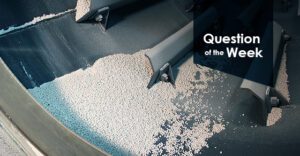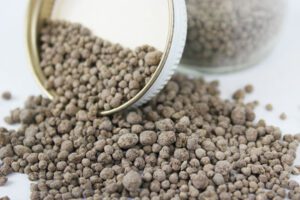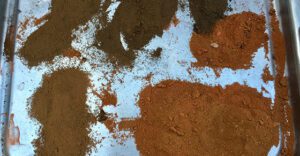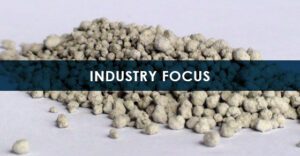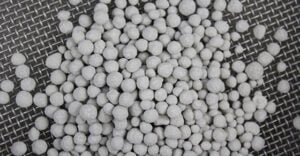What are the Benefits of Rotary Dryer Testing?
Testing provides unparalleled information when designing a rotary dryer and can allow experts to work out process variables to help define the recipe for successful drying. The reasons to engage in rotary dryer testing include: To Test Pre-Conditioning. Material is often dried prior to further …


